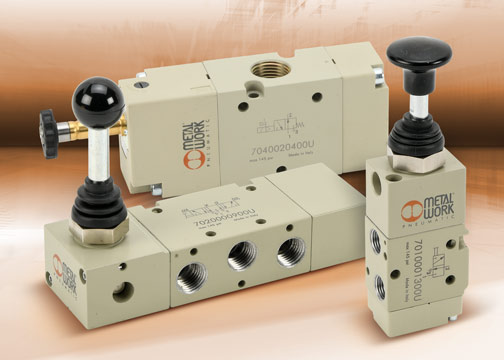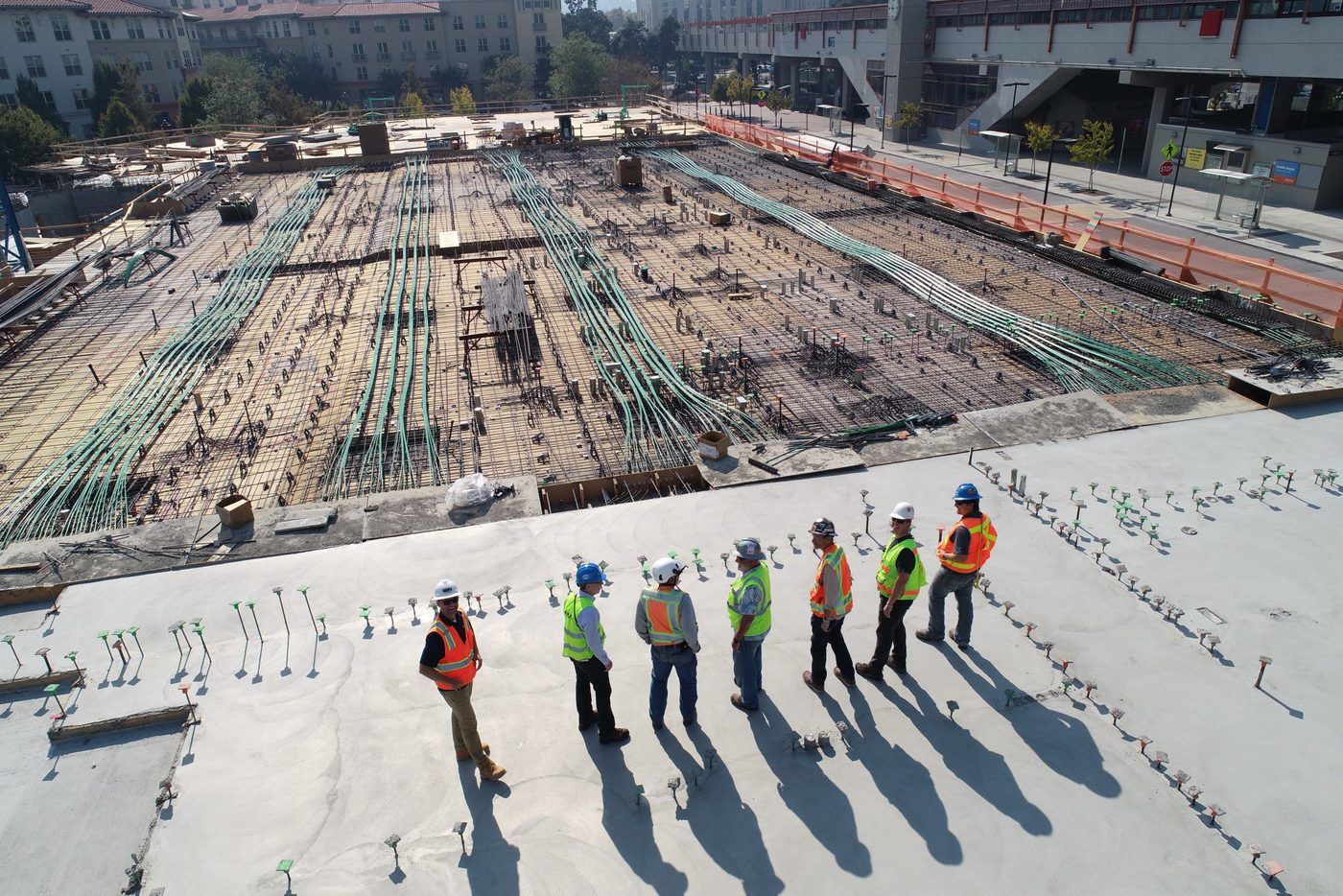Artificial intelligence has made significant advancements that were previously unimaginable. Machine learning models can now generate outputs that would have taken expert data scientists months to produce. These advancements have enabled AI to achieve feats that were once thought impossible for humans. One key area of focus in AI discussions is convolutional neural networks (CNNs), especially in image processing where AI has limitations compared to the human brain.
The human brain’s complex and mysterious workings have proven more effective in recognizing and processing images than AI models. However, AI can replicate the brain’s structure using artificial neurons. In the 20s, artificial neural networks emerged as a theoretical approach to learning from data, eventually evolving into CNNs to cater to image recognition and processing needs.
CNNs utilize principles of linear algebra, like matrix multiplication, to identify patterns in images efficiently. Their architecture consists of convolutional, pooling, and fully-connected layers, with each layer detecting increasingly complex features in images. The convolutional layer, for example, involves feature detectors that scan the image to identify specific features.
Pooling layers help reduce dimensionality and parameters in the input, utilizing aggregation functions like max pooling or average pooling. These functions help in information reduction while improving efficiency and reducing overfitting risks. The fully-connected layer connects all nodes in the CNN, providing a comprehensive overview of the image data.
Overall, CNNs have revolutionized image recognition and classification tasks, offering a scalable and efficient approach compared to traditional methods. By understanding the working mechanisms of CNNs, we can appreciate their role in deep learning algorithms and their importance in AI applications, particularly in computer vision tasks.
Source link






















